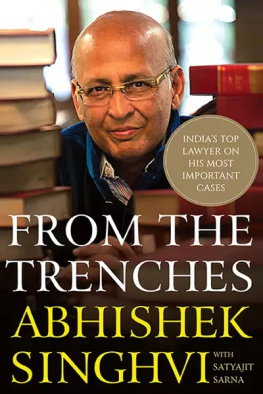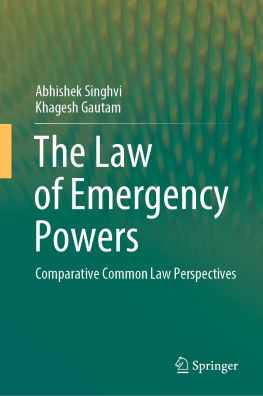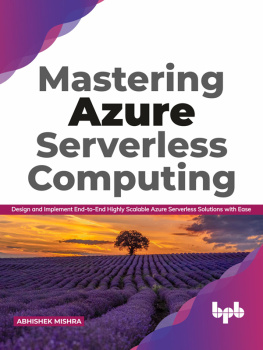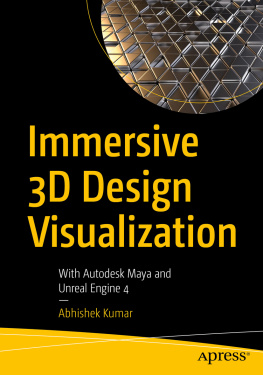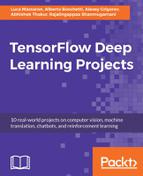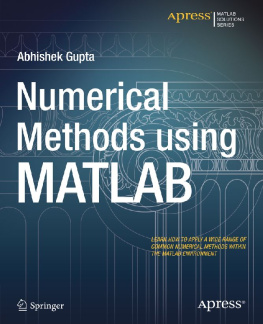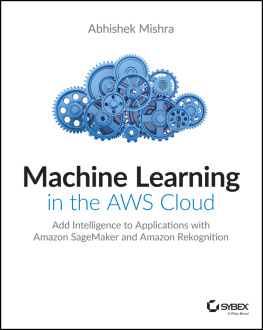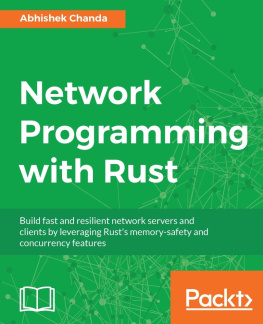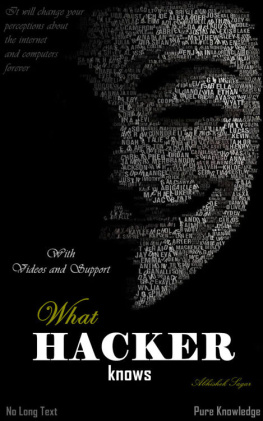Praise for the Book
Dr Abhishek Manu Singhvi is a lawyer with the Teflon touch. This book is for both non-lawyers and lawmen. The diversity of causes that he has represented through the journey of these cases makes compulsive reading. These cases represent milestones in the legal history of our country. A must-read. Kapil Sibal, member of Parliament and former Additional Solicitor General of India
The idea behind this book of enlightening the lay reader about the vital role of the Supreme Court in almost every aspect of our contemporary life is laudable. These diverse cases argued by one of our foremost legal practitioners are described in a simple and lucid style, encapsulating stories very well told. Soli Sorabjee, former Attorney General for India
The diversity of the legal themes covered in this legal journey for the non-lawyer is truly impressive and enlightening. Controversial contemporary social themes like Jallikattu and Sabarimala compete with imparted corporate issues like the MistryTata dispute. The book also traverses hardcore constitutional adjudication having a heavy political flavour (e.g., Uttarakhand and Karnataka). Written by an eminent jurist and a third-term member of Parliament, this is a must-read for the expert, connoisseur and dilettante alike. K. Parasaran, former Attorney General for India
For many years now Manu Singhvi has been at the top of the profession of practising advocates, constantly arguing cases of someone or the other in Indias highest court. In an account of eight such cases, he gives us what he has himself described as a view from the trenches: well worth reading, not only because of a first-hand account of the foot soldier engaged in the conflict, but also because each of the eight pieces has been composed in elegant prose. Fali S. Nariman, former president, Bar Association of India
JUGGERNAUT BOOKS
KS House, 118 Shahpur Jat, New Delhi 110049, India
First published by Juggernaut Books 2020
Copyright Abhishek Singhvi 2020
10 9 8 7 6 5 4 3 2 1
P-ISBN: 9789353450908
E-ISBN: 9789353450915
All rights reserved. No part of this publication may be reproduced,
transmitted, or stored in a retrieval system in any form or by any means without the written permission of the publisher.
Typeset in Adobe Caslon Pro by R. Ajith Kumar, Noida
Printed at Thomson Press India Ltd
Contents
1. Is Commercial Speech Free Speech?
Tata Press v. MTNL
2. Who Watches the Watchmen?
D.K. Basu v. State of West Bengal
3. The Sabarimala Case
Women in the Temple
4. Flying High
Naveen Jindal v. Union of India
5. When Santhara Became Suicide
Nikhil Soni v. Union of India
6. Shareholder Democracy and Its Discontents
Cyrus Mistry v. Tata Sons
7. Aaya Ram Gaya Ram
The Inside Story of Uttarakhand and Karnataka
8. The Use and Abuse of Animals
Idgah Slaughterhouse and Jallikattu
You are holding in your hand a collection of stories from my life as a counsel. Since 1981, I have argued for litigants in every kind of case civil, criminal, commercial, constitutional, from the Supreme Court all the way down. I have argued before small tribunals in far-off corners of the country and I have argued in international arbitrations. I have won and I have lost. But above all I have learnt and I am still learning. The law is a tough teacher.
Over these forty years, I have had the good fortune to have been involved in some of Indias biggest legal battles. Not all of them lend themselves to a popular audience, but there are some that do catch the eye of the public. This is a selection of a few of those cases that might be interesting to the reader. Any such selection is necessarily short and arbitrary, for reasons of space, content and variety.
You may have read in the newspapers about cases I was involved in like Sabarimala, Jallikattu, or the fight between the Tata Group and Cyrus Mistry. Some of them you may not have heard of, but they laid down protections you benefit from, as, for example, freedom from custodial violence or expanded boundaries for freedom of speech.
Others are battles of public law, where the rights of a person or group of people are pitted against the government or the law. For example, do you as a private citizen have the right to fly the flag above your home? I have not in this book focused on too many commercial battles because while they are technically very interesting, they do not personally affect as many people.
Before we go any further, it may serve us well to discuss a few fundamental concepts here:
1. The Constitution of India: Our Constitution is the fundamental framework of rules that governs our entire political, civic and legal order as a nation. It lays down the basic principles for the functioning of the executive, the legislature and the judiciary. It lays down that India is a democracy, and how that democracy is to function, with Houses of Parliament and elections. It lays down a structure which is federal in nature, that is, where there is a Central government and state governments, each of which can carry out different areas of governance. It states what our basic freedoms are and how they can be protected. Where a law or a governmental action falls afoul of the Constitution, that law or action is illegitimate and a court is to strike it down. Therefore, the Constitution functions as the supreme law of our country. But it is wrong to look at the Constitution as unchangeable, or cast in stone. Judicial interpretations, coupled with the changing mores of society, attach new and ever-changing meanings and facets to the principles in different articles. This is why we call it a living document.
2. Writ petition: A writ petition is an action by which a person seeks relief from the courts against actions of a government or a public authority. Under the Constitution, writ petitions can be filed in High Courts and in the Supreme Court. They are a kind of remedy originating in medieval times where the essential fairness of an authoritys actions could be challenged before a judicial authority. The person who files a writ petition is a petitioner and the authorities who have to answer the case are called respondents. The cause title of a writ petition is usually a person versus a government or authority, for example, Ram Kumar v. Union of India , or Ram Kumar v. State of Maharashtra , or Ram Kumar v. Municipal Corporation of Delhi . (The Union of India is the official name of the Central government.) When the Court decides a matter in a writ, and determines whether the action of an authority was valid or not, it is said to have exercised the power of judicial review.
3. Public interest litigations or PILs as they are often called are a kind of writ petition where the petitioner is not seeking relief just for himself or herself, but also for other persons or the public in general. PILs can be entertained by the High Courts and the Supreme Court. They are often criticized as being a vehicle for judicial overreach where the judiciary steps beyond its traditional function of deciding law, to creating and enforcing new law.
Judges are supposed to declare and apply the law that the people make through their legislators. In practice, judges often find themselves in a position to make the law; there is a very fine line between interpretation and creation. Sometimes, they are called upon to make decisions which are unpopular, and then we see some difficulties in implementing unpopular judicial decisions.


